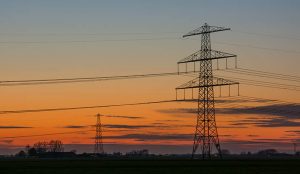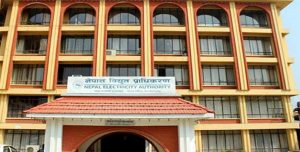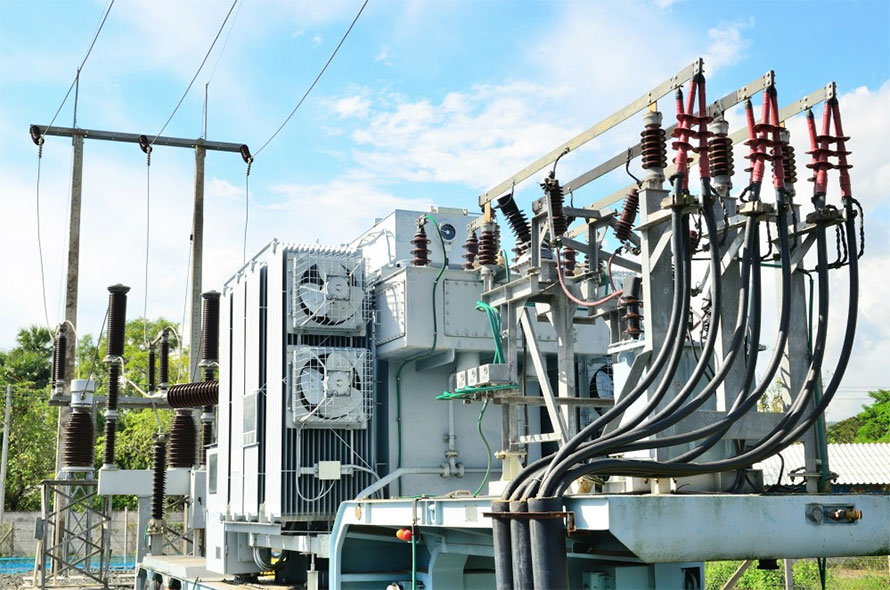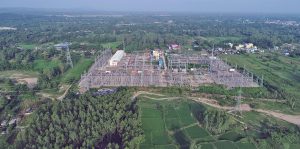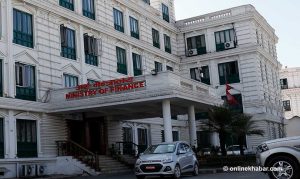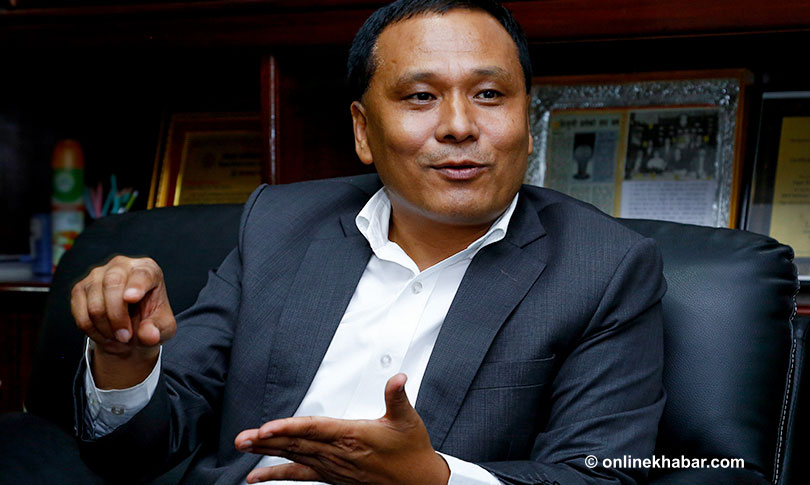
Kul Man Ghising is the Managing Director of Nepal Electricity Authority, the public utility in charge of distributing and regulating the power sector in the country. Ghising, who was appointed to the post in September 2016, has been credited for ending power cuts, which at one point of time reached up to 20 hours a day, by introducing managerial reforms and scientific load management in the public utility. In April 2017, Ghising announced that Nepal no longer needs to worry about power cuts. He says that Nepal should now focus on making the most use of its installed capacity. Promoting EVs would be one of the best ways to do that, he adds. Abhaya Raj Joshi and Sudil Pokharel recently talked to Ghising about NEA’s plans related to EVs.
Translated excerpts:
Could you tell us about the NEA’s policy on electric vehicles in Nepal?
We have understood that we need to promote electric vehicles in the country. We recently bought two EVs for NEA and also have a charging station at our office. We will soon buy 8-10 more EVs for official use.
When it comes to EVs, I think that government policies to encourage people to buy electric cars need to be in place. But the other thing that is important is that we need to have a good network of charging stations. The network should be at a scale similar to the fossil fuel distribution network we have in the country right now. Charging stations are the petrol pumps of the future.
We think that the NEA is in the best position to set up a network of charging stations across the country and we are keen on developing the network. There are two reasons for that.
Could you elaborate what are the reasons?
If you go across the country, you will see that wherever there are roads, there are power lines and wherever there are power lines, there are NEA substations and offices. We have big pieces of land in almost all parts of the country, including the Kathmandu Valley, where land has become expensive. For anyone else to set up a network of charging stations, they would have to buy or lease land and doing so is not going to be cheap.
That is why we have commissioned a study on how the property we have can be used to set up a network of stations. A typical charging station would have around 5-10 chargers and if it is run at full capacity, it will require around 1 MW of electricity to operate. That is why we also need to build a substation and install transformers near the station.
The second reason?
The second reason is related to our power business. If you look at our daily demand curve, you will see that it is not uniform. There are two hours in the morning and in the evening when demand peaks and during the rest of the day it goes down by 50 per cent. At night, the demand for power is the lowest–compared to the peak demand, it is only 40 percent. We are in such a situation right now that we need 50 per cent more power just during the peak hours. But during the off hours, our capacity goes unutilised.
So to optimise our system and to make the load curve more uniform, we need something to spur demand during the off-peak hours. EVs could help us do that. If we could use the underutilised power to charge EVs, the system will become more efficient and the cost per unit of electricity will also go down.
If you establish a network of charging stations, cars could come in to get charged at any time of the day, even in the peak hours. Won’t that be a problem?
I think that won’t be a problem. The number of EVs we currently have on our roads is pretty low, and if we start promoting them now, it would take at least three years for the trend to become big. In the next few months, Upper Tamakoshi Hydropower Project will come online and we will have 50 per cent more power than what we have right now. In the next three years,more than 1,200 MW of electricity is being added and we will soon have an installed capacity 2,500 MW.
In addition to that, we are building transmission lines with India, from where we can soon import, and export, around 1,500 MW. With all that said, we now need to focus on increasing the demand and keeping it uniform, rather than worry about not being able to fulfil the demand. To address the peak hour problem, we have already started rolling out smart metres and we will soon implement power pricing based on the time of day.
What about the dry season? Most of the hydro projects are based on run-off-river model and during the dry season, their generation is far below par.
Once we have the transmission lines in place, we can import additional power from India. During the wet season here in Nepal, we will have excess electricity which we can export to India and during the dry season, we can import power from India. During the wet season in Nepal, the heat becomes almost unbearable in north India and the demand for power there rises steeply. That is how things could be managed.
The NEA also wants to encourage households to switch from imported cooking gas to electric cookers, but as much as we want to do so, we can’t. If we start doing so, households will switch immediately and the peak will become unmanageable. But the case of EVs, if we start promotional campaigns now, will take at least 3-5 years for people to start buying electric cars.
Let’s get back to the charging station network issue. Could you tell us about the financial models you are looking at?
We are looking at different models. In the West, EV manufacturers themselves are setting up charging stations. For example, Tesla has established a wide network of charging stations. But that hasn’t happened here in Nepal. It is up to the NEA to build charging stations. Under the first model, we could set up the stations ourselves and run them on our own. The second model involves awarding a contract to private parties to rent our space and run the stations. But I am in favour of the first model, as it will make the project an extension of our energy business.
The other advantage we will have when we run the stations is that we will get immediate payment from the costumers. When we supply power to a household, the members pay for power only at the end of the month. Similarly, there are transmission losses that have to be accounted for when supplying power to households. In the case of charging stations, we will get paid in cash as soon as the charging is done, and the transmission losses will be negligible.
What challenges do you expect in promoting EVs in Nepal?
The main challenge would be government policy. In many countries, EVs have been given various facilities such as free parking and zero tax. We could also emulate the same model. There’s no doubt that EVs will significantly reduce our dependency on fossil fuel. During the dry season, we might have to import power from India, but in the wet season, we can sell more power to India at a higher rate.
The second challenge is that although people know the benefits of EVs, they are reluctant to switch, It will take time to change the behaviour of the buyers. What we need to do is promote EVs as a matter of pride for our country. EV owners should feel that they are helping the country rely less on imported fossil fuel. I think the government should campaign that way.
How about converting the existing fossil fuel cars to EVs?
Doing that would require us to venture out from our core business. We do not want to to do that.
The other thing we could do is encourage public transport to go electric. Then private cars would also understand the benefits.
These days it is hard to spot an EV in Kathmandu. By when do you think will they become a common sight in the city?
It depends on us. I think it won’t take a long time. You can feel the difference within the next 3-5 years.
This interview is part of a series on E-mobility in Nepal and India produced under a grant from Clean Energy Wire (CLEW), Germany.




